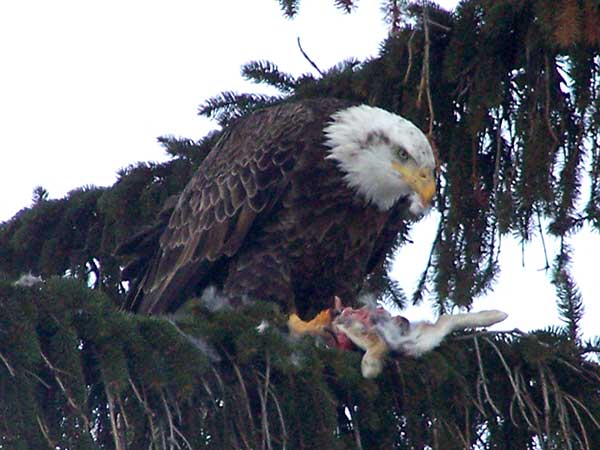- Details
(Provided by Indiana DNR)
The Indiana Natural Resources Commission on Tuesday authorized certain fee changes for some DNR properties and gave final approval to a package of fish and wildlife rules after dropping three proposals in that rule package.
The NRC is an autonomous board that addresses topics pertaining to the Indiana DNR.
The proposals that were removed from the fish and wildlife package would have expanded the use of high-powered rifles for deer hunting, placed a statewide 25-fish daily bag limit on sunfish (i.e., bluegill, redear, etc.), and allowed landowners to provide oral permission instead of requiring written permission for another individual to take coyotes from the landowner's property.
- Details
(Provided by Indiana DNR)
The Indiana DNR has released a new version of its mobile application. The redesigned app is now available for both the Apple and Android platforms.
“The new app builds on the success of our previous iPhone application and adds new features,” DNR director Cameron Clark said. “It’s meant to be a portable field guide to information people frequently use off the main DNR website. We’re especially pleased that we can offer it at no cost to those who enjoy the Indiana outdoors.”
In addition to an interactive map that locates DNR properties and spots for camping, hunting and fishing, it also includes the most popular information from the dnr.IN.gov website, such as fishing and hunting seasons, camping fees and property rules.
Users also can access a calendar of events at DNR properties, the latest news releases, and contact information for Indiana Conservation Officers.
- Details
(Provided by Indiana DNR)
Owners of shallow ponds and lakes should watch for fish kills this spring.
Because ice cover measured 20 inches thick on some northern waters, Indiana fisheries biologists anticipate receiving fish kill reports once the bodies of water thaw.
Shallow, weedy ponds are susceptible to winter kills. The most common cause of fish kills in Indiana ponds is suffocation due to the lack of oxygen.
Aquatic plants can produce oxygen only when sunlight is available. While some sunlight can penetrate clear ice, snow and thick ice can often block sunlight, resulting in dangerously low oxygen levels. Then, as aquatic plants naturally die during winter, plant decomposition consumes oxygen that fish and other aquatic life need. Once a winter kill begins, little can be done to stop it.
- Details
Chuck Powell of Osceola, Ind. snapped this series of photos in his yard where an eagle had just snatched a rabbit and devoured it in a tree next to his house. Powell lives a short distance from the St. Joseph River where occasional eagle sightings have been reported.
Click the small images for a larger view
- Details
When it comes to stocking fish in Indiana waters, 2014 was a banner year.
The DNR and organizations with a DNR permit stocked 31.9 million fish in 70 counties in 2014. In a typical year, stocking numbers are between 22 million and 24 million fish.
The increase was primarily due to a near-record number of walleye eggs collected at Brookville Lake by DNR biologists for hatchery production. Those eggs also had a higher-than-normal survival rate. As a result, biologists stocked approximately 10 million more walleye fry than normal.
Other species stocked throughout Indiana were bluegill, brown trout, crappie, channel catfish, chinook salmon, coho salmon, grass carp, hybrid striped bass, hybrid sunfish, largemouth bass, muskie, pike, rainbow trout, redear sunfish, saugeye, steelhead, striped bass and yellow perch.




